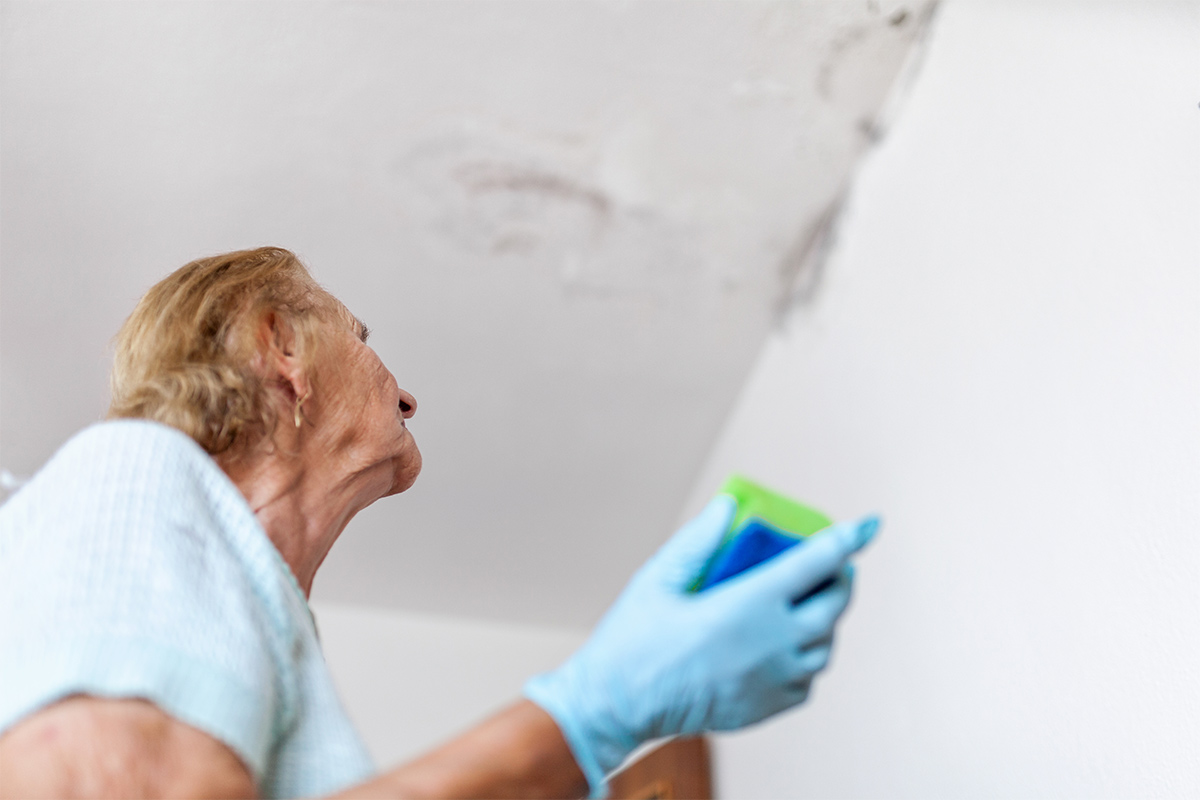
If you are a homeowner and do not know the benefits you can derive from basement waterproofing, this article is for you. Below are the reasons why you should consider waterproofing your basement.
Reduces Power Bills
Waterproofing your basement helps to lower the amount you pay monthly for electricity or power. During basement waterproofing, all the holes and cracks in the basement get sealed as well as any crevices found. This process ensures effective blocking out of the moisture and cold.
Besides, basement waterproofing prevents cold or warm air from getting out of the house because there will not be holes or cracks available any longer.

Prevents Stores Item from Damage
If you use your basement mainly for storing items and materials, it can be an ideal store only if it is waterproofed. A leaky and moisture-filled basement would ruin items such as clothes, books, electronics, beddings, albums, toys, etc. By waterproofing your basement, you are ensuring that the items and properties stored in your basement would be preserved and in good condition. If your basement is flooded, it’s best to call a water damage restoration company to help clean up the mess.
Waterproofing your basement helps to lower the amount you pay monthly for electricity or power.
Curtails Long-term Health Risks
Water and moisture are crucial to the growth of potentially toxic moulds growing in the basement. Mould and mildew can cause damages to the respiratory system, headaches, itchy skin and eyes, a runny nose, and sneezing.

The side effects could be mild or severe. When you waterproof your basement, you are doing a lot of good to yourself and family because you would be able to avoid health risks that moulds and mildew could cause due to a wet or damp basement.
Reduces Insurance Costs
Waterproofing basement is one of the ways by which you can reduce your monthly insurance premiums, especially if you have a policy that covers water damage, mould growth, and other related damages. Basement waterproofing would reduce these risks, and the insurer would offer discounts based on your basement waterproofing.
Protects the Foundation
In addition to protecting the interior of your home, basement waterproofing will also protect the foundation of your home against damage. The absorbed moisture is capable of cracking the foundation of a building. By waterproofing your basement, there will not be any inlet for water to compromise the structural integrity of the foundation of the house. The impact and financial consequences of a damaged foundation.
Know that seemingly little moisture in your basement is capable of causing big problems, waterproofing your basement is the best project to prevent all forms of problems that water seepage causes.














